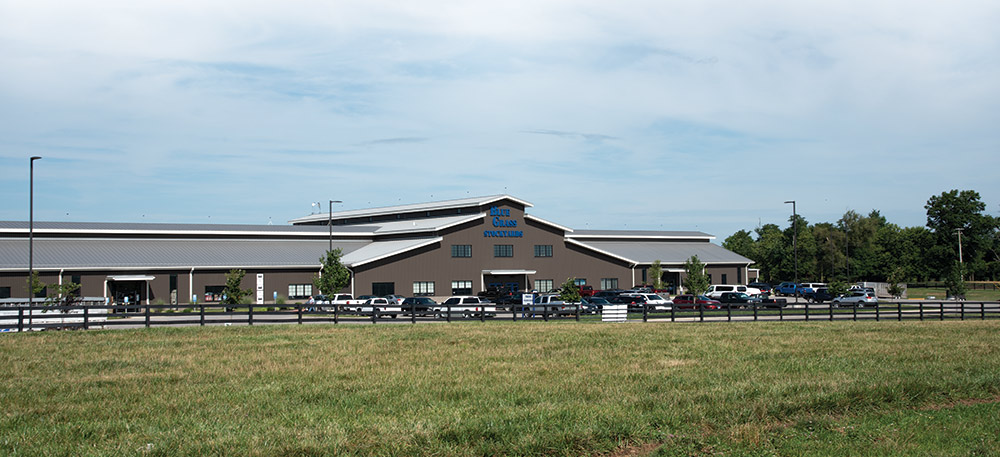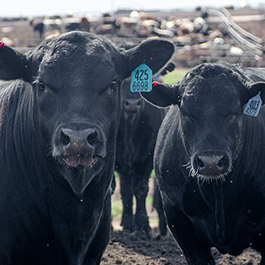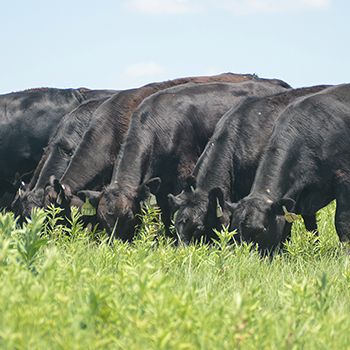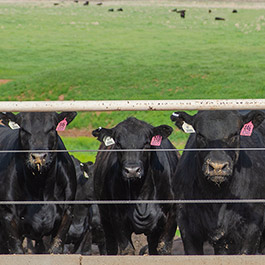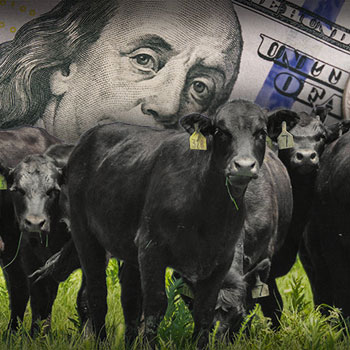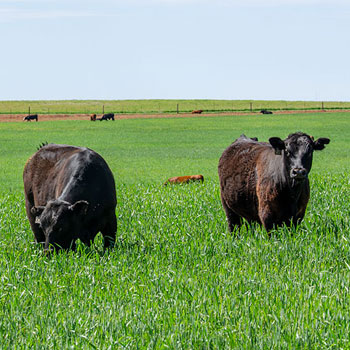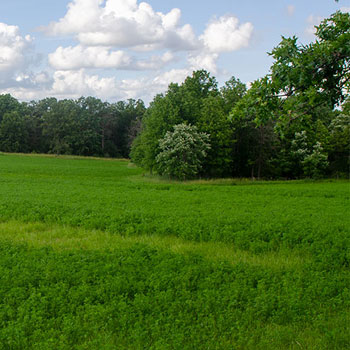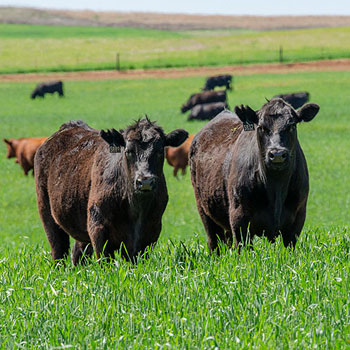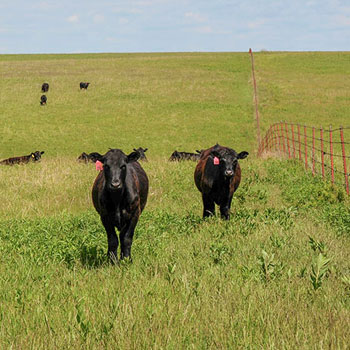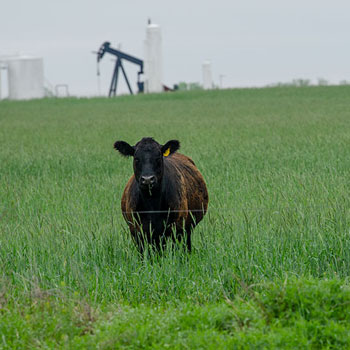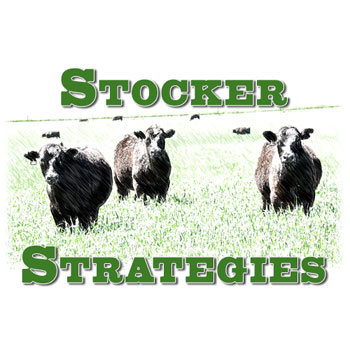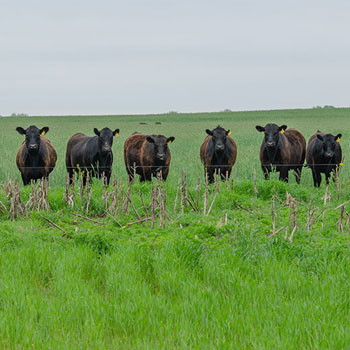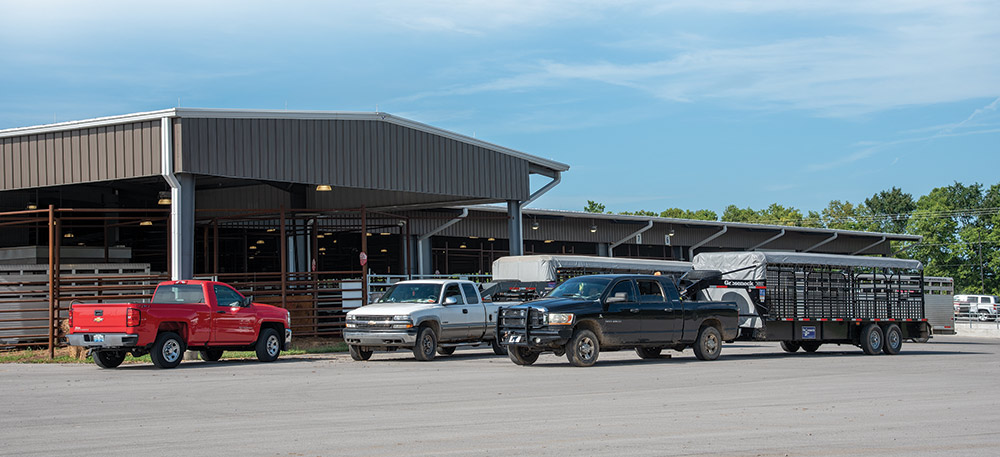
Pocket the Change
While smaller producers are at a disadvantage at sale time, management and marketing changes can increase their paycheck.
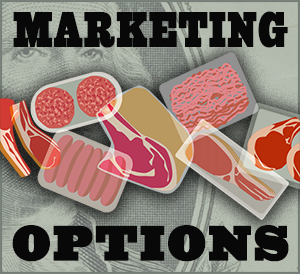
If you’re a smaller-scale producer, it is hard not to be envious when you look over the fence and watch the semi pull away from your neighbor’s corral. It’s a fact: Buyers are going to pay more for the uniform truckload of steers. The encouraging news is you can increase the price you get at the sale barn with a few doable changes. Following is a selection of tips from stockyard managers.
Build a bull pen
“The single biggest thing a smaller producer can do to help themselves is to have a confined calving season,” says Jim Akers, general manager of the Blue Grass Marketing Group. “It has been proven over and over.”
The Lexington, Ky.,-based market operator says, “Even the guy with 30 cows, if he has a confined calving season, he can sell eight to 10 steers at a time and get an $8- to $10-per-hundredweight (cwt.) difference.”
Sharpen your knife
One of the benefits of having a controlled calving season is it makes it more convenient to work your calves. According to Allen Wiggins, Turner County Stockyard, that’s when you’ll really start to see dollar signs.
“The number one thing you can do to make your cattle worth more is castrate them,” he says. “There is a $15- to $20-a-hundredweight difference between a bull and a steer on a 600-pound calf.”
The Ashburn, Ga., market operator adds: “It is frustrating to see them come in as bulls. That’s a lot of money left on the table.”
An ounce of prevention
“A good vaccination program will bring $5 a hundredweight,” says Akers. “Blackleg vaccine is good, but what the buyers really want to know is that they’ve had those virals — IBR (infectious bovine rhinotracheitis virus), BVD (bovine viral diarrhea virus) and PI3 (parainfluenza-3 virus). One round is good; two is even better.”
He emphasizes: “Whether the calves are weaned or not, those viral vaccines will really make a difference with the buyers.”
That doesn’t count the benefits you’ll get, like extra gain from having healthy calves vs. sickly ones or, worse, death loss.
Tell Mama goodbye
“Weaning is a big plus,” says Wiggins. “It can bring $10 to $15 a hundredweight more.”
Those extra dollars are visible in Kentucky at the Blue Grass Marketing Group’s seven stockyards. When a calf comes in the ring, one light comes on if it is vaccinated, another if it is weaned, and a third if it is a heifer and she’s open.
“We generally say it is $5 a light,” Akers says.
Practices like timely vaccinations and weaning also create opportunities for participation in special preconditioned sales, like Kentucky’s CPH-45 sales. Created in the early 2000s, calves from smaller-scale producers can be commingled to create load lots of uniform calves.
 |
Allen Wiggins, Turner County Stockyard, says the No. 1 thing small producers can do to help themselves is to castrate their bull calves. |
“CPH cattle bring a significant price advantage,” says Akers. “I’m shocked more producers don’t take advantage of CPH. It pays for itself.”
“The premiums we publish don’t show what it really brings to the farmer just in stress and shrink,” he says. “Shrink is a huge issue, and weaned calves haul better.”
In addition, Akers hopes programs like Top Dollar Angus and AngusLinkSM will continue to grow.
“To really get the value out of a set of cattle, though, you need a potload,” he says. “But any of those programs we can tie to CPH, we do. We’re hoping down the road to add a layer of value to CPH.”
While Chad Green at Roanoke Stockyards says they don’t have a special preconditioned sale, they do sell them as a group or groups at one of their regular Wednesday sale days in the fall.
“If they are weaned at least 45 days, they’ll bring 20¢ more,” he reports.
The Roanoke, Ala., market operator agrees with Akers on shrink: “Bawling calves will shrink 5% more than weaned calves.”
 |
At Blue Grass Stockyards three lights show if calves are weaned; vaccinated; and, if heifers, open. |
Keep those genes in shape
“Consistency in your genetics is the most important thing,” comments Akers. “Avoid the outliers. We’re at the point in the marketplace where oddball cattle are hard to work with.”
“Keep buying good bulls and saving your best heifers,” says Wiggins. “It pays in the long run.”
To help his customers, Wiggins has special breeder sales and puts his own grade on cows and heifers.
“We grade ’em pretty hard,” he notes. “We try to keep some good young cattle coming back to the farm and the old, inferior cattle from going back to the farm.”
To producers in fescue country, Alabama’s Green advises: “If you sell between May and October, you need a bull that will keep the long hair off your calves. They’ll have a reaction to fescue.”
Kentucky 31 fescue often has a toxic endophyte that constricts the blood vessels in cattle. It prevents them from shedding and makes them more susceptible to heat stress.
If you do end up with shaggy cattle, Green says, “get the calves on summer grass before you sell them. It is at least a six-week process to change their looks.”
Time it right
While you may be locked into selling at a certain time of year because of your forage availability, or lack thereof, Green says to try to avoid selling unweaned calves in September and October.
 |
Jim Akers, general manager of Blue Grass Stockyards, says small producers are the stockyard’s bread and butter. |
“That’s when there are large runs of calves, and calf health is typically not as good as other times of the year,” he explains.
If you do have a choice on when to sell, pick a month with smaller runs, he advises. “Normally, August is the best time for the fall. In the spring, February, March and April are usually stronger.”
In Georgia, Wiggins tries to give his customers a weekly heads up if he knows they are thinking about selling. The state market report comes out on the first of the week.
“Anytime we get feedback on Monday or Tuesday from the state, we try to let our customers know,” he says.
Your calves count
Don’t forget, while you may not have many cattle, they do count. Even in a market as big as Blue Grass, where more than 100,000 head sold last year, Akers says, “Our average check is for six animals. Small producers are our bread and butter. That’s what this whole industry is built around.”
For more information on CPH-45 sales, visit www.cph45.com.
Editor’s note: Becky Mills is a freelance writer and cattlewoman from Cuthbert, Ga.
